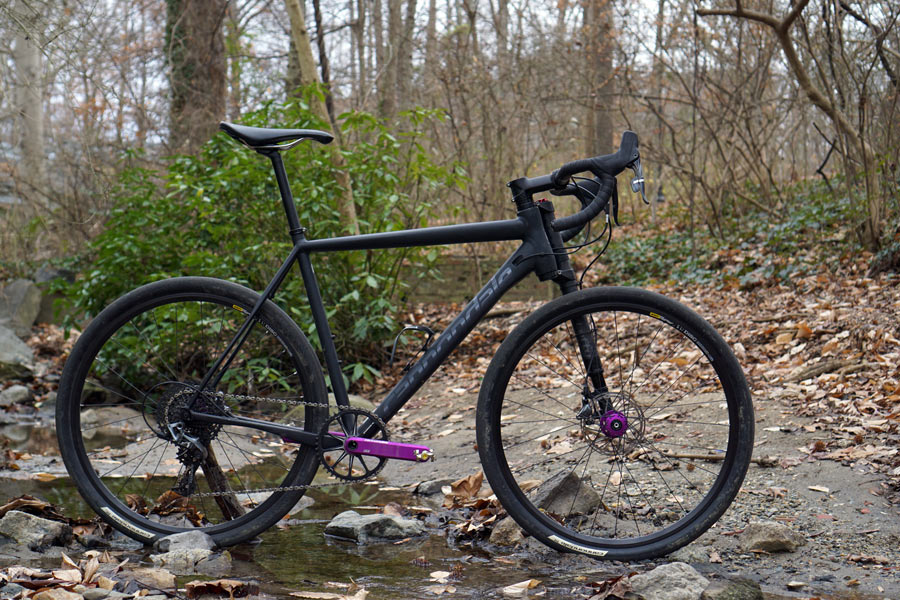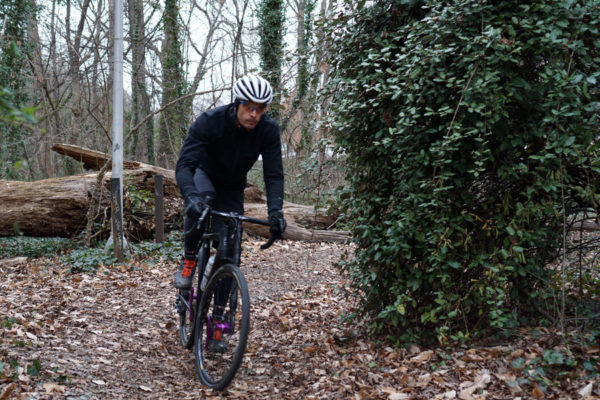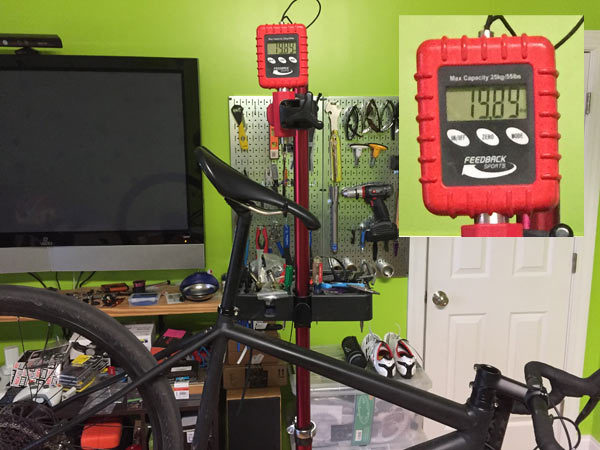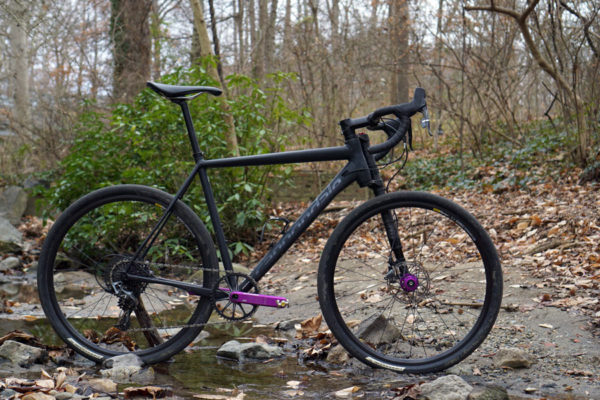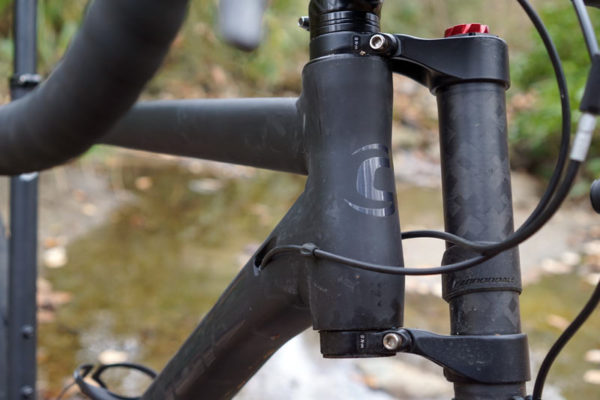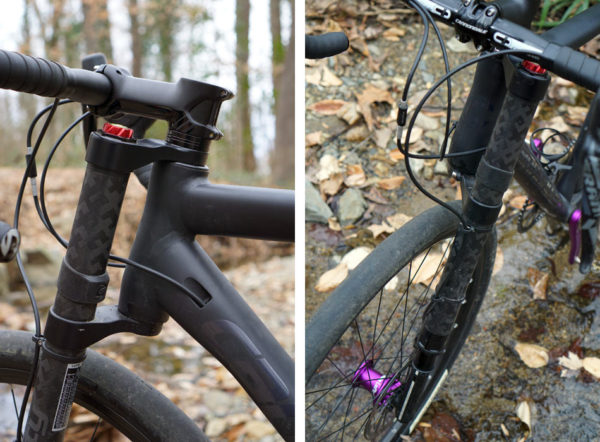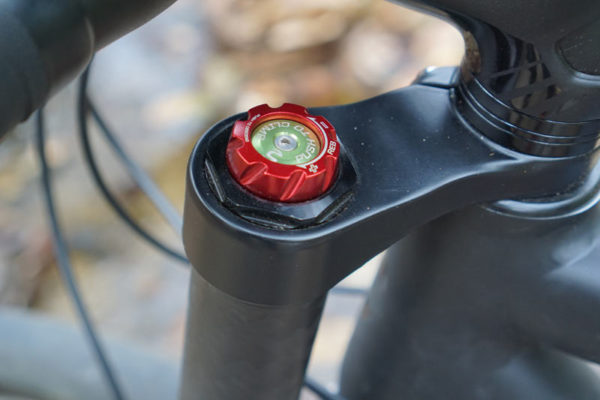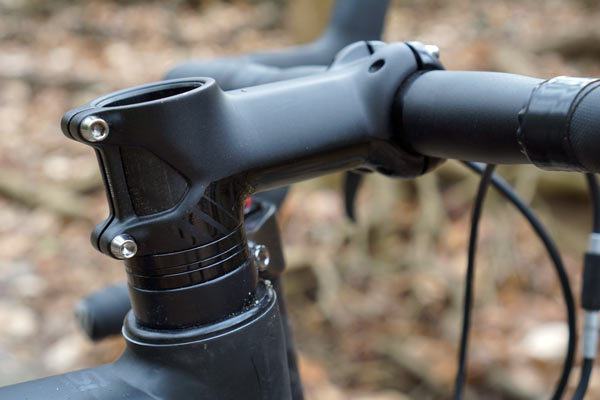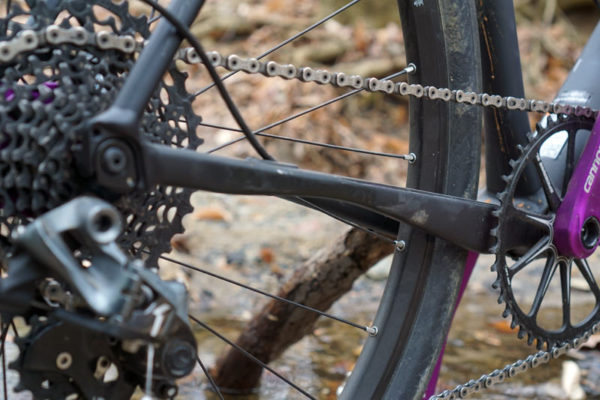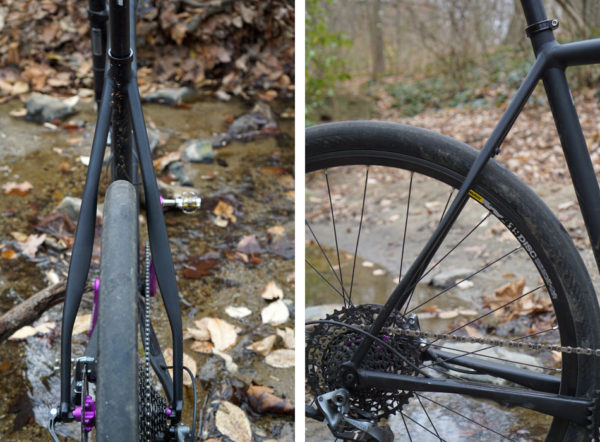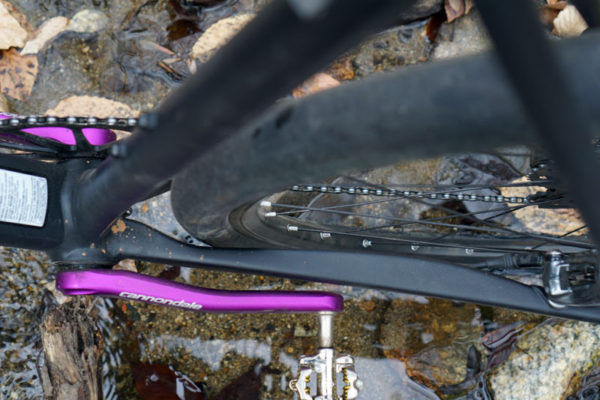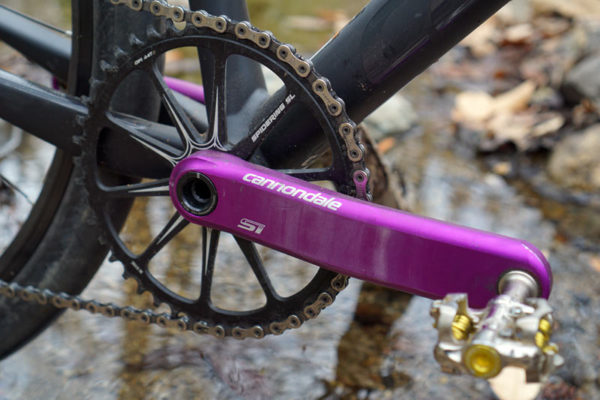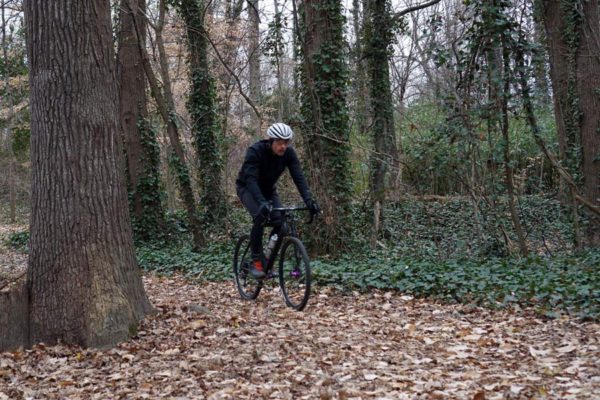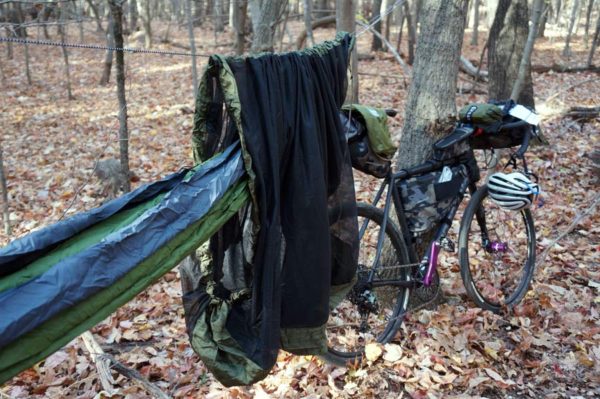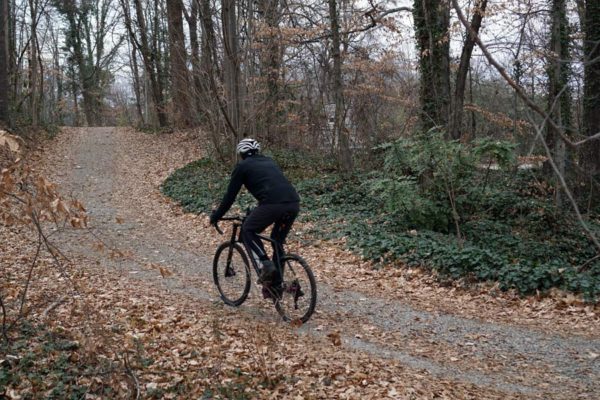The promise of gravel bikes is freedom. The ability to dive off the paved road and into the unknown. To explore those backroads, short cuts and secret paths. Or to just stave off boredom. The Cannondale Slate delivers on all those promises with one of the funnest bikes I’ve ever ridden.
When it first debuted, I (and likely you) questioned the logic of using a 650B wheel and tire for a “road” bike, but after riding it, I’m satisfied with the answer. It makes sense, and it makes for a great ride. It may not look traditional, but if you’re looking for an alternate to your standard road bike, it doesn’t get much more alternative than this…
I tested the XL, which measures in with a 590 effective top tube (576mm actual) and a 544mm seat tube. Weight for the size XL complete bike is 19.89lb (9.02kg).
We covered the frame details and tech specs when it launched, but here’s the overview: The Slate pairs 650B wheels with 42mm wide tires to create an outside rolling diameter similar to a 700×23. Add in a very short travel Lefty fork and tuned alloy frame with SAVE stays to create a little rear end flex and you have a bike designed for taming the rough stuff.
One of the things that hasn’t been discussed is the Slate’s geometry and handling. Its head angle is 71º for size Small, and 71.5º for M thru XL. That’s anywhere from one to two degrees slacker than their SuperSix road bikes, depending on frame size. The rake (aka “offset”) is 45mm, similar to most Lefty forks before they started doing the out front offset, and the same as the SuperSix. They kept it the same here because they wanted a bit more trail so that it’s more stable when things get hairy.
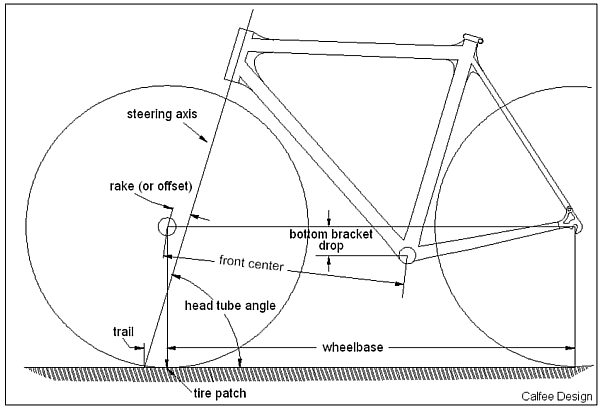
Rake is the distance from the steering axis in a parallel line through the hub’s axle, and trail is the distance between where the steering axis hits the ground and where a line drawn vertically from the hub’s center hits the ground. That the wheel “trails” behind the steering axis is what makes a bicycle self centering and stable. More trail equals more stability, generally speaking, meaning it’s harder to initiate a turn, but harder to knock you off your line.
“By intention, it’s biased towards stability at speed as opposed to nimbleness at low speeds,” said Cannondale’s Murray Washburn. “And if you’re running the tires at lower pressures, down near 40psi or less, you can end up getting pneumatic trail, too, which can exacerbate the effect.”
There’s a chance they could tweak it a little, similar to how they designed the new Scalpel, but Washburn says the way they were riding the prototypes dictated this first generation design.
Given the Slate’s relatively slack head angle, all of that adds up to a somewhat long trail figure of 66mm (69mm size Small). The result is ultra stable high speed and straight line handling on even the loosest, roughest surfaces. Even carving a downhill corner on loose leaves and gravel didn’t induce a death grip. Very impressive. There’s a flip side to this, and I’ll get to that later.
The Lefty Oliver has just 30mm travel, but it’s surprisingly effective. Until I double checked the numbers, I was riding around thinking it had 60mm of cush under there. Chalk that up to the combo of suspension plus big tires. The travel is ultra smooth, too, which is characteristic of the Lefty. I’ve said it before and I’ll say it again, if you haven’t ridden one, don’t judge until you do. They’re impressive. And the mountain bike versions were recently upgraded.
It has a push button lockout with external rebound control and factory set compression damping. With such little travel, you’ll want to spend some time getting the air pressure just right as it’s easy to blow through it if set up too soft. Once dialed, it’s really well damped and (in my experience) unlikely to bottom out. Or, if it does, they’ve got a serious bottom out bumper in there because I never heard or felt any hard knocks even when dropping off curbs or bombing into root gardens on some singletrack.
The newer Lefty’s used fixed mounting points for their crowns, which the head tubes are then sized specifically for. That eliminates any play and the need for a star nut or top cap to keep things tight. Unfortunately, it also means you’re limited to whatever stems they offer.
Both the chain- and seat stays are flattened, getting thin from the side and wide from the top:
Hollowgram Si cranks with their Spidering SL chainring make for a light but stiff combo. It comes with a 44-tooth ring paired with a 10-42 wide range cassette, which worked for a wide range of riding. They’re swappable should you want to run something different.
With the first ride, I fell in love with this bike. It’s not without its quirks, but by and large, this bike is an absolute blast to ride. The Lefty Oliver does an amazing job of taking bumps out of the equation. That makes for a glass smooth ride, but with enough feedback to keep you in control. Out back, the SAVE Plus stays might do something, but it’s hard to tell with the big tires soaking up vibrations and small bumps. The Force CX1 build tested here is the top model offered ($3,999) and comes with an alloy cockpit, so there’s some room for improvement by going to a 27.2 carbon post and handlebar. Upgrading only crossed my mind because the thin round bar shape wasn’t my favorite, not from any discomforting necessity.
What are the quirks? Two things: First, the water bottle boss on the downtube is set somewhat high. That makes it easy to reach during normal riding, but means it’s unusable with a frame bag installed for bike packing. I mentioned this to Washburn and he said it was the intent, to make it easy to reach when you’re just out messing around.
I had the Slate fully loaded for a planned bikepacking trip, but weather’s foiled my attempts so far. The above pic was taken on a test run to see how it handled with a full overnight out-and-back load (also needed to see how the ENO OneLink camping system set up). Even with 25+ pounds of stuff crammed into the (seat, frame, top tube, handlebar) bags, the bike was very stable. Which leads to the second quirk…
The head angle and fork offset combination is great for holding a straight line, but can be a bit finicky when trying to cut a corner. To be fair, the Slate is designed as an all road crusher, something for taking the long way because you can and making it ever so enjoyable. But when I took it up to the grocery store or cut through the shopping center between greenways, it showed its weakness. Slower, tighter turns -like, say, wiggling between cars- required more attention than normal. The long trail meant the wheel wanted to flop hard into a sharp turn, so I had to pay careful attention to the steering in such situations.
Get it out on the open road, though, and you can almost pay no attention to it (Look, a squirrel!) and it’ll just keep pointing you in the right direction. And that direction is fun. So much fun that I started using this bike for virtually any ride that didn’t involve testing another bike. I’d ride it any day of the week.
